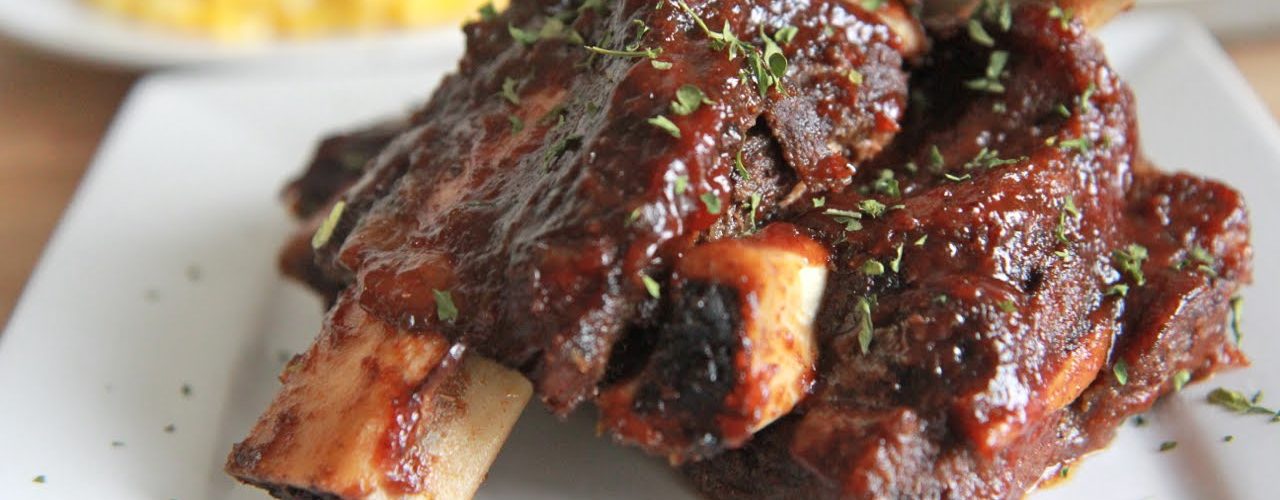Many babies do not enjoy their first taste of meat. This is probably because the flavor of meat is different from the fruits and vegetables that she has been eating. However, most babies come to enjoy the flavor of many of the meats they are introduced to.
Contents
When to Introduce Meat to Your Baby’s Diet
In the United States, most pediatricians recommend introducing meat to your baby’s diet when she is 8 to 10 months old. This is because pediatricians believe that most babies’ digestive systems are not developed enough to handle meats before that time. However, in Canada and the UK, many pediatricians advise introducing meat earlier because meat contains high levels of protein, iron, and zinc. If you believe that your baby is ready for meat, consult your pediatrician for advice.
How to Introduce Meat
When you get the all-clear from your pediatrician to introduce meat to your baby’s diet, start with a mild-flavored meat like chicken or turkey. These meats are generally palatable for babies. After your infant is comfortable with poultry, introduce beef. Other meats such as fish, shellfish, and seasoned meats should wait until your child is at least one year of age. This is because fish and shellfish are more likely to cause an allergic reaction, and seasoned meats may cause stomach upset or excessive gas in children under one year of age.
Why You Should Bake Your Own Meat for Your Baby
You can save money by baking your own meat for your baby. Baby foods containing meat are some of the most expensive meals at the supermarket, but you can make your own for a fraction of the price at home. Next time you make a roast chicken, turkey, or other meat for your family, you can make additional portions for your baby.
Preparing the Meat
The first step to baking meat for your baby is to prepare the meat. Defrost the piece of meat all of the way if it is frozen. Never cook a partially frozen piece of meat for your baby because the outside may defrost quickly and brown, leaving the inside partially raw and full of dangerous bacteria. The best way to defrost meat for your baby is to place the frozen meat in the refrigerator until it is defrosted, or defrost it in the microwave and cook it immediately afterward to kill the bacteria that may have developed from warming the meat.
Choosing a Pan
After the meat is completely defrosted, place it in a baking pan or a shallow roasting pan. If you are using a roasting pan, place the meat directly on the bottom of the pan rather than on a roasting rack. The roasting rack is designed to hold the meat above the juices, keeping it firm. However, you will want the meat to remain moist or even a little soggy for your baby.
Seasoning The Meat
Do not add salt or any seasoning to the meat. Seasonings may upset your baby’s delicate digestive system. Add unsalted, low fat broth to the bottom of the pan, if you prefer. The broth will help the meat remain moist and tender. Meat that is dry or tough will be difficult to puree for a younger baby, or difficult for an older baby to eat in small pieces because he can’t chew well.
Baking the Meat
Preheat the oven to 350 degrees Fahrenheit. Bake the meat until it reaches a minimum internal temperature of 160 degrees Fahrenheit. Although the USDA advises that most meats can now be cooked until they reach 135 degrees, it is better to be safe than sorry when it comes to your baby. The amount of time it will take to reach this temperature depends on the type of meat as well as the size of the piece of meat you are cooking.
Preparing the Meat to Serve
Younger babies will need their meat pureed. To puree your meat, place the meat along with a few tablespoons of broth or water into a food processor. Puree the meat until it is as smooth as possible. After the meat is pureed, place a fine mesh strainer over a bowl. Pour the pureed meat into the strainer and press it with the back of the spoon to squeeze out the liquids. Discard the solids.
Babies over one year of age and toddlers can enjoy their meat cut into small pieces. Cut the meat finely so it will be easy for the baby to chew. Serve the meat alone or mix it with other foods, such as applesauce or rice.
Related Video
<>







